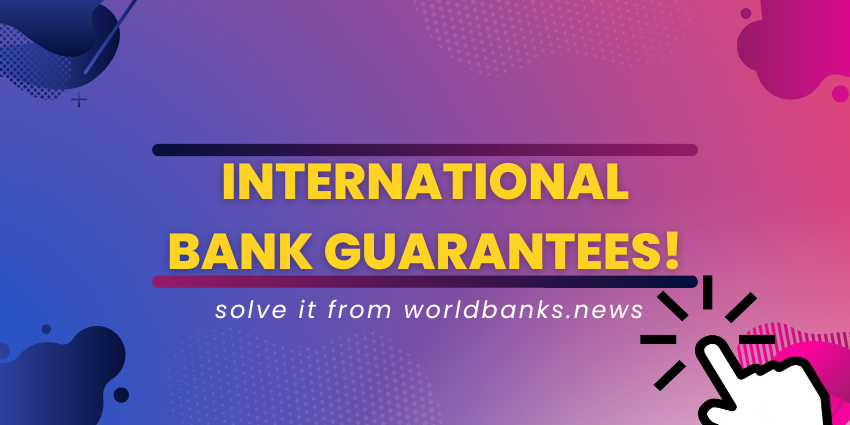Use of Trade Finance Techniques in Different Global Region!
Use of Trade Finance Techniques in Different Global Region!
Open Account: Transactions mainly between exporter and importer; risky for exporter; involvement of banks are insignificant and thus low source of revenue; relatively cheap for the traders; guided by the purchase/sale contract; limited control of the regulators; greater involvement of country risk; high ML risk.
Cash in Advance: Transactions mainly between exporter and importer; risky for importer; involvement of banks is insignificant and thus low source of revenue;; guided by the purchase/sale contract; limited control of the regulators; greater involvement of country risk; high Money Laundering (ML) risk.
Documentary Collection: Transactions amongst exporter bank and importer; exporter has less risk than open account, but still has notable risk of non-payment; banks involve at least in payment and handling of documents, and a good source of revenue; guided by the purchase/sale contract and URC 522; greater control than open account by the regulators; relatively less country and ML risk as compared to the open account.
Documentary Credit (LC): Both payment as well as a financing techniques; LC is used to offering financing to the importer; special types of LCs Back-to-Back LC and Red/Green Clause LC can be used to offer financing to the exporters; in the payment process, bank itself is a party and commercial risks are well- distributed between traders and banks; banks’ involvement is significant and thus a very good source of revenue for banks; high cost for the traders; formal method guided by UCP having considerable control of the regulator; best of the payment methods from country risk and ML risk perspectives.
Stand by LC and Bank Guarantees: Stand by is conceptually same as bank guarantees; useful for any performance issues including payment; as a risk taker involvements of bank/financial institutions are significant; involve high cost of traders, and a good source of revenue; regulatory may have considerable control over the transactions; High Risk Level of ML concern.
International Bank Guarantee: The bank guarantee means a lending institution ensures that the liabilities of a trader will be met. In other words, if the trader fails to settle a debt, the bank will cover it. A bank guarantee enables the traders to acquire goods, buy equipment or draw down a loan. There are different kinds of bank guarantees, including direct and indirect guarantees.
 Payables Finance: Payables Finance is provided through a buyer-led programme within which sellers in the buyer’s supply chain are able to access finance by means of Receivables Purchase. The technique provides a seller of goods or services with the option of receiving the discounted value of receivables (represented by outstanding invoices) prior to their actual due date and typically at a financing cost aligned with the credit risk of the buyer. The payable continues to be due by the buyer until its due date.
Payables Finance: Payables Finance is provided through a buyer-led programme within which sellers in the buyer’s supply chain are able to access finance by means of Receivables Purchase. The technique provides a seller of goods or services with the option of receiving the discounted value of receivables (represented by outstanding invoices) prior to their actual due date and typically at a financing cost aligned with the credit risk of the buyer. The payable continues to be due by the buyer until its due date.
Receivables Finance: Receivables finance unlocks the cash that is owed to the small company by selling the invoice. So, technically it is not lending, but an asset purchase.
Factoring: Factoring is a financial service in which the business entity sells its bill receivables to a third party at a discount in order to raise funds. There are various types of factoring such as recourse and non-recourse, advance and maturity, full factoring, disclosed and undisclosed, domestic and cross-border.
Forfeiting: Forfeiting is a form of trade and supply chain financing. It involves the purchase of future payment obligations on a “without recourse” basis. Forfaiting can be applied to a wide range of trade related and even purely financial receivables and payment instruments.
 Loan or Advance against receivables: Loan or Advance against receivables is financing made available to a party involved in a supply chain on the expectation of repayment from funds generated from current or future trade receivables and is usually made against the security of such receivables, but may be unsecured.
Loan or Advance against receivables: Loan or Advance against receivables is financing made available to a party involved in a supply chain on the expectation of repayment from funds generated from current or future trade receivables and is usually made against the security of such receivables, but may be unsecured.
Loan or Advance against Inventory: Loan or Advance against Inventory is financing provided to a buyer or seller involved in a supply chain for the holding or warehousing of goods (either pre-sold, un-sold, or hedged) and over which the finance provider usually takes a security interest or assignment of rights and exercises a measure of control.
Distributor Finance: Distributor Finance is the provision of financing for a distributor of a large manufacturer to cover the holding of goods for re-sale and to bridge the liquidity gap until the receipt of funds from receivables following the sale of goods to a retailer or end-customer.
Pre-shipment finance: Pre-shipment finance refers to the credit extended to exporters prior to the shipment of goods for the execution of export order.
Bank Payment Obligation!
Bank Payment Obligation! BPO is a payment tool offering a level of security similar to that of a letter of credit. The BPO is an irrevocable undertaking on the part of an obligor bank (typically that of a buyer) to recipient bank (typically that of a seller) to pay a specified amount on…
Case Study on Consumer Borrower!
Case Study on Consumer Borrower! Bank has sanctioned a Card facility to Mrs. Rahela with a limit of BDT 500,000. As per application she was the director of X Group & her husband’s name was mentioned as Monir (fake). Mr. Monir has also taken a personal loan & card facility from the bank amounting…





















1 thoughts on “Use of Trade Finance Techniques in Different Global Region!”
Fantastic site Lots of helpful information here I am sending it to some friends ans additionally sharing in delicious And of course thanks for your effort